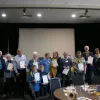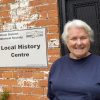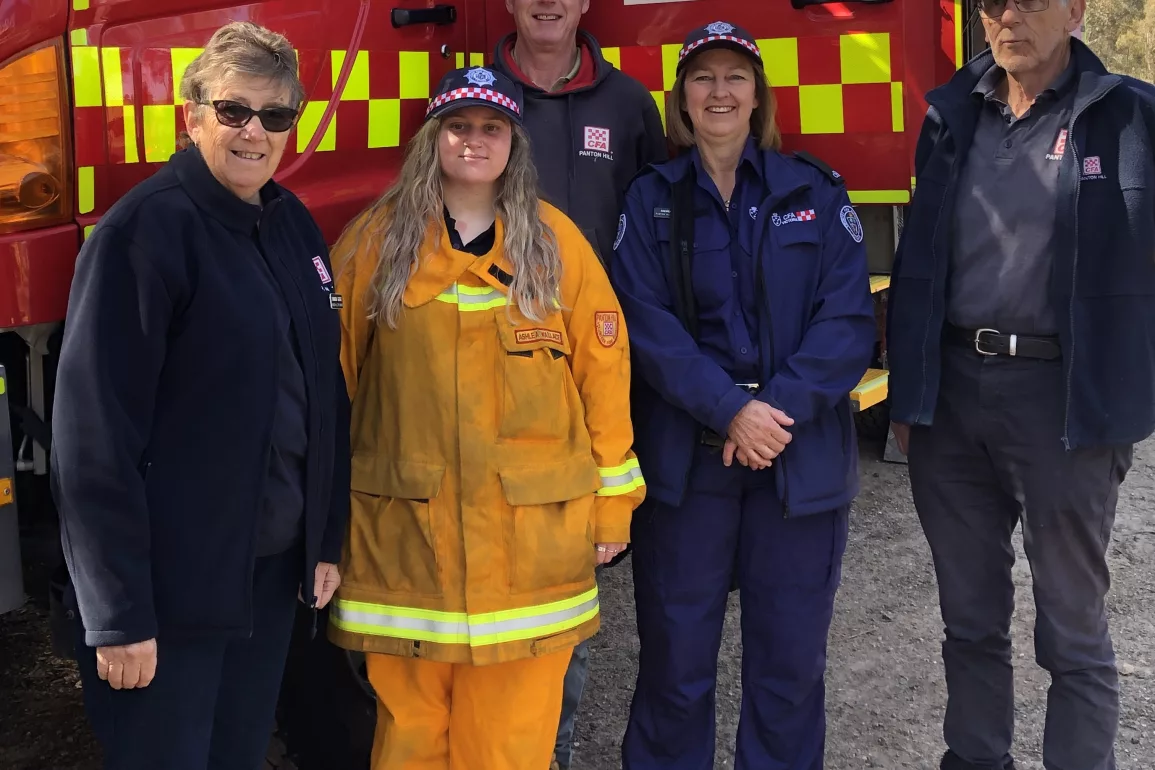In early October, there was a bushfire safety expo in St Andrews run by the Bushfire Resilience Inc (BRI). The BRI is a not-for-profit organisation who raise awareness about bushfire safety for the community. At the expo, the BRI table was staffed by secretary Max Garner and his team who spent the day answering questions about risk-reduction.
One of the keynote speakers at the event was Michael Vermeulen, a member of the Country Fire Authority (CFA). His presentation looked at the dangers of bushfires for people living in the Nillumbik Shire and the surrounding suburbs of Banyule. In his talk, Mr Vermeulen gave practical advice on how to prepare for a bushfire, where to get information, and the importance of starting this work today.
“When there is a bushfire, the safest option is always to leave early,” he advised. This means before you can smell smoke and before you can see any fire. With summer around the corner, and higher than usual temperatures expected in Australia, now is the time to get ready. Below is a summary of the presentation outlining how you can protect yourself, your family, and your home.
Firstly, you need a survival plan. Have a conversation with the members of your household so you can agree on what to do. Plan for how you will care for your family members and pets. Plan what personal items you will need to take and who is going to pack them. Walk around your property and assess if there are doorways and exit areas that need to be cleared. Remove the dry leaves from your gutters, doorways, and garden beds. If there are consecutive days of high temperatures and strong winds, stay up-to-date with the weather warnings. Know where to get information – television news, ABC radio, download the Vic Emergency App to your phone. Keep your mobile phone charged so you can receive warning texts. Fires do not wait for the weekend, so you also need to prepare what to do if you are not at home.
The Australian Fire Danger Rating System (AFDRS) lets you know what the current fire rating is and tells you if there is any risk of danger. In 2022, this ratings system was given an overhaul. They reduced the number of categories down from six to four, simplified the terminology, and ensured that these warning signs are consistent no matter where you are in Australia. The new ratings on the signs are: Moderate, High, Extreme and Catastrophic, as well as a white bar indicating when there is no current risk for the community. One of these signs is located on Main Road as you are heading north towards Eltham.

On the landing page of the CFA website, you will find a rolling 4-Day Forecast showing the current fire danger ratings for Victoria. The website uses data from the Bureau of Meteorology and is kept up-to-date with the latest information. We are in the Central Fire District, so that is the area to observe when you are looking at the map on the website.
According to the Australian Bureau of Statistics, there are approximately 17,800 dwellings in the suburbs of Briar Hill, Eltham, Lower Plenty and Montmorency. At the Eltham Fire Brigade there are three fire trucks. If a bushfire was to strike close to the homes in one of these suburbs, there is no guarantee your property will be the priority for the fire brigade. And whilst it is likely that other fire stations would be contacted to provide support, they may not be available.
So, in summary: plan and prepare. Assess your property and clear the debris. Share your evacuation plans with family and neighbours. Know how to access the latest bushfire safety information. And be proactive.
For more information:
Australian Fire Danger Rating System, afdrs.com.au
Bushfire Resilience Inc, bushfireresilience.org.au
Country Fire Authority, cfa.vic.gov.au
Fire Rescue Victoria, frv.vic.gov.au







